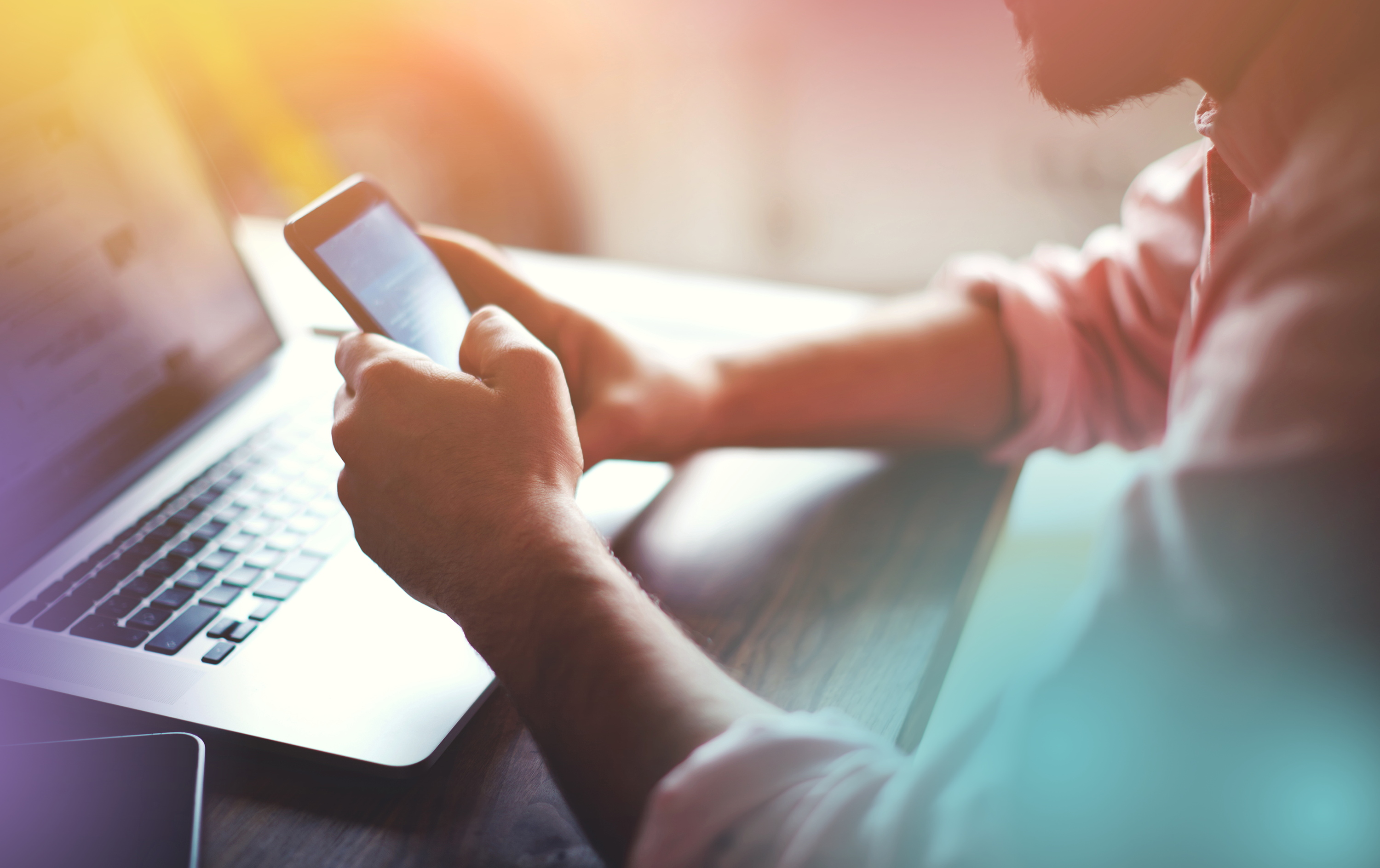Welcome to Thriving Mind, a resource to help you understand your individual signs of stress, take small steps to recharge, and unlock better mental health.
Like it or not, social media is here to stay. Over the past few years, online social platforms have caused profound changes in the way we communicate, interact, and build relationships with one another. Multiple studies have suggested that the prolonged and persistent use of social network sites may lead to increased feelings of loneliness, decrease social adeptness, lead to poor self-esteem, and contribute to upticks in anxiety and depression symptoms. And yet, many anecdotal reports and some studies suggest that social media can also add to the richness of one’s social life. Certainly, many love connections are being made online now; and online social support groups provide people with a way to connect with like-minded individuals all over the world.
In honor of World Mental Health Day, here are some evidence-based solutions for how to use social media in a way that can help promote mental wellness rather than contribute to emotional and behavioral problems.
1. Do a quick mental check-in before logging on. Before logging on to your favorite social media platform, ask yourself why you’re doing it. Are you curious about how many likes you got on your last post — even though you just checked 30 minutes ago? Are you trying to escape a negative emotion, and hoping social media will help numb the discomfort? If you find that you are trying to use social media to escape something, stop, and do something else that might help alleviate the discomforting feeling in real life instead. Call a friend, organize your room, or plan what you’d like to do this coming weekend. Even better, try an evidence-based technique for managing and tolerating distress, like partaking in mindfulness activities (not just meditating, but even active things like a mindful walk) or engaging your senses to self-soothe (like taking a bath with aromatherapy, cuddling up with a weighted blanket, or listening to your favorite playlist).
2. Set time limits on social media use. Research shows that prolonged social media use contributes to negative outcomes. To keep social media use positive, set a time limit per day. Make a contract with yourself that you will use social media no more than a certain amount of time (I recommend one hour or less), and decide how many sessions you’ll break this time into (for example, two sessions of 30 minutes each, once in the morning when you wake up, and once before dinner). If you find it difficult to set boundaries in the beginning, try scheduling these sessions in your calendar, and keep to them as you would a meeting or an appointment. If you need a bit more support, try setting a timer each time you start a session. When the timer goes off, do not hit snooze. Have an exit plan ready (like something else you need to check off on your to-do list), and get to work right away on the next activity.
3. Use social media to inspire and appreciate. Instead of using social media in a more self-gratifying manner, try using social media as a reflection of your highest and most important values. Values are different from goals, in that they represent what you’d like your life to stand for, and how you’d like to be remembered. Unlike goals, they cannot be checked off a list, but are often ideas or themes that you plan to pursue for long periods of time — possibly even the rest of your life. Examples of values include integrity, adventure, learning, spirituality, and community. Once you identify what your top values are (and if you need help with this, Google “Values Card Sort” or download here,) try to focus your shared posts around these values. Don’t post something unless the photo, caption, or video stands for one or more of your values. And if it feels genuine, express gratitude in your posts. Use social media as a vehicle for your appreciation of the things that are going well in your life.
4. Follow the 10:1 ratio for daily social media use. Follow a 10:1 ratio for IRL activities to social media activities. For every 10 real life activities (like taking a walk, grabbing a coffee at your favorite coffee shop, and attending a lunch meeting), do one activity on social media (like a check-in through the posts of people you follow on IG). Social media should be the sprinkle on top of your cake, rather than the main substance. As much as it can provide access to helpful and important social networks, it is not a substitute for real life interactions. There is no substitute for the sensibility of interacting with people face-to-face without the aid of a screen. If you find that it is difficult to achieve this balance, take on a new hobby, do more things that involve the outdoors, and ask friends how they like to spend time offline for inspiration.
5. Take scheduled device breaks. At least once a week, take a device break, which includes disengaging from phones, tablets, laptops, and computers. I suggest anywhere between 12 to 24 hours. It may seem tough, but soon you’ll see how amazing it is to not be tethered to a digital communication device 24/7, and how much more mindful you are in everyday activities when there isn’t a device to distract you from enjoying a lunch with friends, a movie with your family, or a walk in the park. It greatly adds to your enjoyment of activities, helps boost attention and focus, and contributes to a deeper sense of connectedness to the people and world around you.
Dr. Judy Ho’s book, Stop Self-Sabotage, is available now.
This content is informational and educational, and it does not replace medical advice, diagnosis or treatment from a health professional. We encourage you to speak with your health-care provider about your individual needs, or visit NAMI for more information.
Read more of our mental health coverage here.
Follow us here and subscribe here for all the latest news on how you can keep Thriving.
Stay up to date or catch-up on all our podcasts with Arianna Huffington here.


